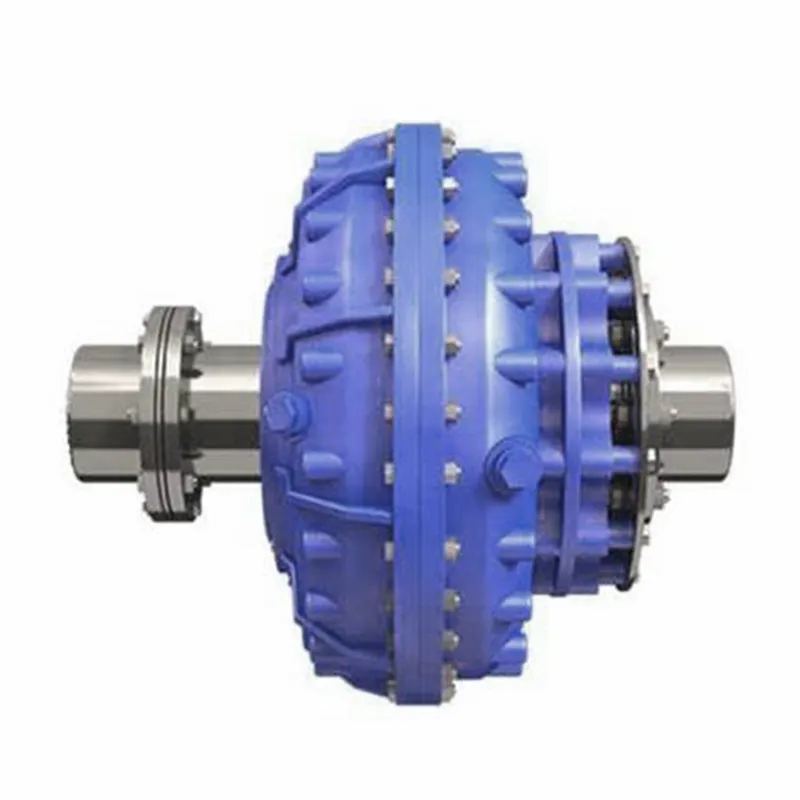Product Description
FAQ
Q:Is your company a trading company or a manufacturer?
A: We have our own factory.
Q:How long does the lead time take?
A: If the goods are in stock, it is generally 1-2 days; if the goods are not in stock, it is 5-10 days, depending on the quantity.
Q: Can I order shaft bore couplings that are not listed in the catalog?)(Additional machining service for coupling shaft hole
A:Of course.In addition, the recommended dimensional tolerance for the applicable shaft diameter is H7.
Q: How to handle when the received parts are of poor quality?
A:If there is any non-conformity of the product, please contact us immediately, we will check the problem in the first time, and rework or repair.
Q: Why choose XingHe Precision Transmission ?
A:As a professional manufacturer of coupling , we possess a skillful team of workers and designers To provide our customers with first-class services.
/* January 22, 2571 19:08:37 */!function(){function s(e,r){var a,o={};try{e&&e.split(“,”).forEach(function(e,t){e&&(a=e.match(/(.*?):(.*)$/))&&1

Proper Maintenance and Lubrication of Oil Couplings
Ensuring the longevity and optimal performance of an oil coupling requires following these maintenance and lubrication practices:
- Regular Inspection: Conduct routine visual inspections to check for oil leakage, wear, and other signs of damage.
- Cleanliness: Keep the coupling and its surroundings clean to prevent contamination of the oil and maintain proper lubrication.
- Lubrication: Use the recommended lubricant with the appropriate viscosity and additives to ensure efficient power transmission and cooling.
- Lubricant Level: Monitor the oil level and maintain it within the specified range to prevent overheating and ensure proper lubrication.
- Lubricant Quality: Regularly analyze the lubricant’s condition through oil analysis to detect contamination, degradation, or excessive wear.
- Temperature Monitoring: Keep track of operating temperatures to prevent overheating, which can degrade the lubricant and compromise coupling performance.
- Drain and Replace: Follow the recommended oil change intervals and flush the system if necessary to remove any contaminants or degraded oil.
- Seal Maintenance: Check and replace seals as needed to prevent oil leaks and maintain the integrity of the lubrication system.
- Alignment: Ensure proper alignment between the driving and driven components to prevent excessive loads and premature wear.
- Professional Maintenance: Engage in professional maintenance services at recommended intervals to address complex issues and ensure overall system health.
By adhering to these practices, you can maximize the service life and performance of your oil coupling, leading to improved machinery efficiency and reduced downtime.

Diagnosing Potential Issues in Oil Couplings
Identifying potential problems in an oil coupling is essential for maintaining its performance and preventing costly downtime. Here are some signs to watch for and how they can be diagnosed:
- Increased Vibrations: Excessive vibrations could indicate misalignment, wear, or imbalance in the coupling. Use vibration analysis tools to assess the severity and pinpoint the source of vibrations.
- Unusual Noises: Strange noises like grinding or clunking may suggest worn or damaged components. Conduct a visual inspection and listen carefully while the equipment is running.
- Overheating: If the coupling becomes excessively hot, it could be due to inadequate lubrication, misalignment, or high loads. Use infrared thermography to identify hot spots and determine the cause.
- Leakage: Oil leakage from the coupling indicates a potential seal failure. Inspect the coupling’s seals and gaskets for damage and check the oil levels regularly.
- Irregular Torque Transmission: Inconsistent power transmission could result from wear, misalignment, or oil contamination. Conduct torque tests to measure the coupling’s efficiency and identify any deviations.
- Increased Friction: Higher friction levels can be caused by inadequate lubrication or contamination. Monitor temperature changes and friction levels during operation.
- Reduced Performance: A decrease in system performance may point to wear, misalignment, or damage. Regularly measure coupling parameters, such as rotational speed and torque, and compare them to design specifications.
Diagnosing issues in an oil coupling involves a combination of visual inspections, monitoring performance parameters, and using specialized diagnostic tools to identify and address potential problems promptly.

Function of an Oil Coupling in Power Transmission
An oil coupling, also known as a fluid coupling, serves as a mechanical device used to transmit power and torque between two rotating shafts while allowing some degree of flexibility and isolation. It works on the principle of hydraulic fluid dynamics to achieve power transmission. Here’s how it operates:
1. Filling the Cavity: The oil coupling consists of two primary components: the driving impeller (or pump) and the driven impeller (or turbine). These impellers are housed within a casing. The casing is partially filled with hydraulic fluid (oil).
2. Driving Impeller Action: The driving impeller is connected to the driving shaft. When the driving shaft rotates, the impeller blades force the hydraulic fluid to move radially outward towards the casing walls. This action creates a flow of fluid within the coupling.
3. Fluid Circulation: The circulating fluid forms a vortex or swirl pattern within the coupling. As the fluid flows towards the casing, it transfers its momentum and energy to the driven impeller.
4. Driven Impeller Response: The driven impeller, connected to the driven shaft, responds to the fluid’s energy by rotating in sync with the driving impeller’s motion. The hydraulic fluid’s kinetic energy is converted into mechanical energy, resulting in torque transmission to the driven shaft.
5. Fluid Continuity: The hydraulic fluid continues to circulate between the impellers, maintaining the torque transmission even when there are slight speed differences or misalignments between the driving and driven shafts.
6. Fluid Flexibility: The hydraulic fluid also serves to dampen shocks and absorb vibrations, providing a degree of cushioning and protecting the connected machinery from sudden impacts or load fluctuations.
Overall, an oil coupling enables efficient power transmission while accommodating some level of misalignment, shock absorption, and overload protection.


editor by CX 2024-03-03
by
Tags:
Leave a Reply